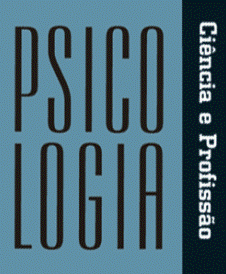Abstract
Childhood stress is related to the lack of repertory on the part of children and adolescents in dealing with situations that cause anger or fear. Although a protective action provided for by the Child and Adolescent Statute (ECA), temporary shelters can cause significant changes in the lives of these people, who adopt a series of coping strategies to regulate their actions under stress. This research aimed to describe stress and coping strategies adopted by sheltered children and adolescents. The study was conducted with four children and 11 adolescents aged between eight and 17 years and 11 months who were living in a shelter in the countryside of São Paulo. Data comprised the sociodemographic characteristics of participants and the coping strategies employed by them, collected using the following instruments: the Child Stress Scale (ESI), the Adolescent Stress Scale (ESA), and a semi-structured interview. The results indicate that participants’ stay within the shelter exceed the two years determined by the legislation. Participants also presented low stress levels, especially those sheltered longer. Moreover, support seeking and opposition were the main coping strategies adopted. Considering that the affective bond established between sheltered children and adolescents with the closest employees seems to corroborate in the use of adaptive coping strategies and that shelter may be a stress protective factor, further studies addressing the theme are suggested.
Keywords:
Stress; Coping Strategy; Coping; Child Institutionalized; Human Development
